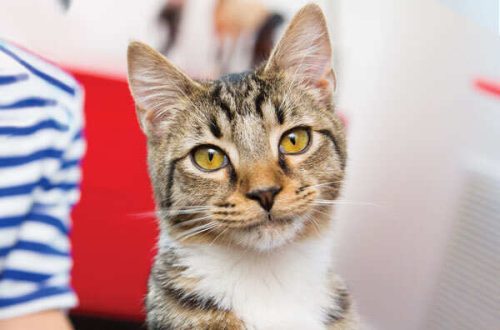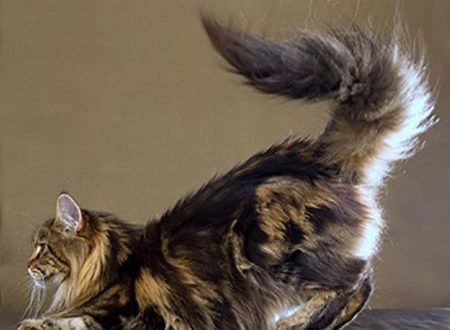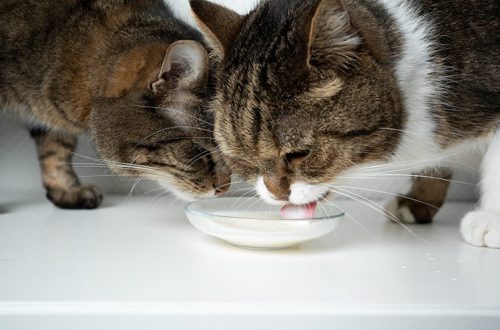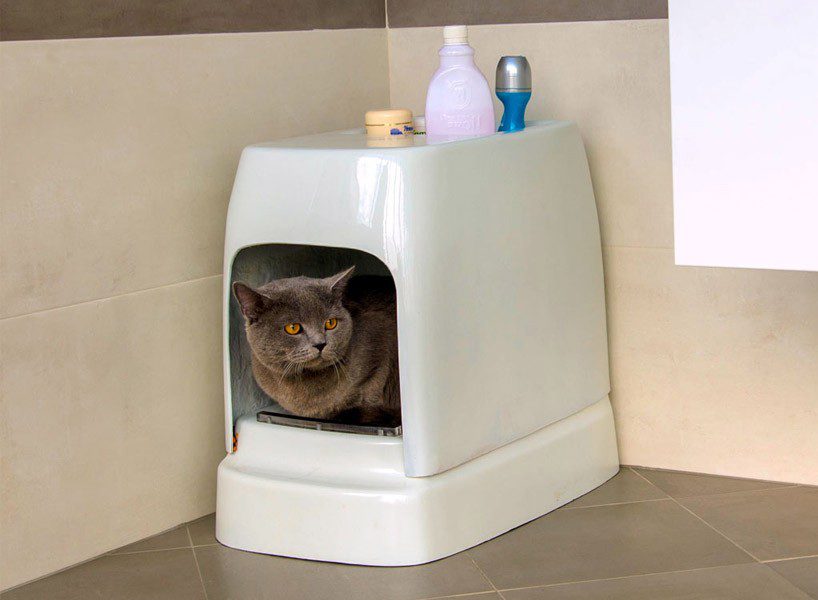
Toilet for cats
Cats are known to be clean, so the owner will have to pay a lot of attention to choosing a tray, filler and a place for a cat litter box.
Contents
Where to install the cat tray
Choose a secluded but easily accessible location. Keep in mind that the cat needs space to turn and cross its paws. If you installed a tray in the toilet, you will not be able to close the door. It is better if it is possible to place a cat litter box in the corridor. If the tray offends your aesthetic taste or you are embarrassed in front of the guests, you can choose a house-shaped toilet.
How to choose a cat litter box
- Price. The tray should not cost like a Boeing, but excessive stinginess does not justify itself. The cat is in your house for a long time, and if you make the right choice, the tray will serve her all her life. Therefore, it is better to choose a comfortable, reliable model from the average price range.
- Design. Some cats show “fi” to houses, others adore them. But the tastes of most quadrupeds are similar, so if you choose the most popular design, chances are you won’t go wrong. However, there is still a chance that you may have to try another option.
- The size. The cat should fit in there completely and not suffer from claustrophobia and not get stuck when trying to get out of the house.
- Bottom. If you want to go without filler, it may be worth stopping at a mesh tray.
- The height of the sides. They should relieve you of the need to crawl across the floor, collecting scattered filler.
- Convenience. If the tray is composite, it should be easy to disassemble. And any tray should be easy to clean.
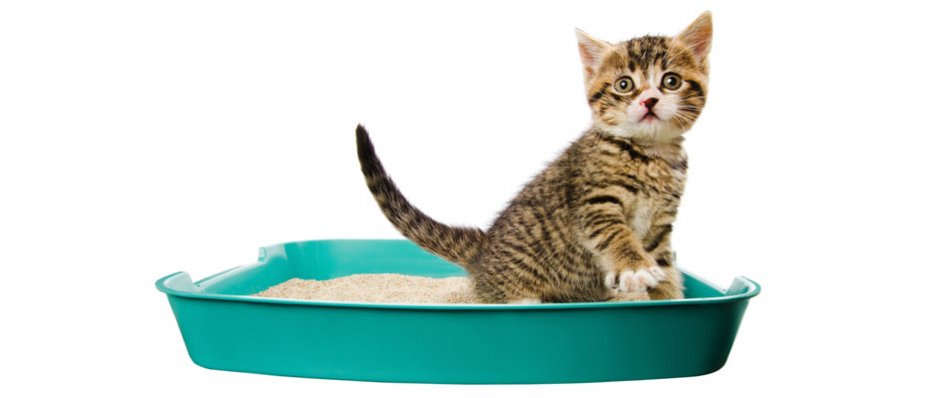
In the photo: a cat tray
Do you need cat litter?
Whether to use filler is a matter of personal preference. However, there are points to consider. If you refuse the filler, you will need to wash the tray after each use: most cats flatly refuse to use the toilet if it is dirty. Good filler absorbs odors, but cat urine smells extremely unpleasant. In a tray without filler, a cat can wet paws and tail and then leave “odorous” traces.
Types of cat litter
The litter is an important part of the cat litter. If you choose it correctly, it will rid the house of an unpleasant smell, help keep the cat’s hair clean and ensure ease of use. If there was a perfect filler, everything would be simple. However, there are many varieties, and each has its pros and cons.
- Absorbent (clumping) fillers. They absorb liquid, form a lump, which you take out of the tray with a special spatula. Pros: Relatively inexpensive. Cons: does not absorb enough smell, has no antibacterial effect, leaves lumps on the cat’s paws. These fillers should not be thrown into the toilet.
- silica gel fillers. Pros: better absorb smell, more hygienic, completely changed only once a month. Cons: not all cats are happy with them, because the grains crunch high price. Also, do not throw this type of filler into the toilet.
- Granular fillers of mineral origin. Pros: absorbs odors well, easy to use. Minus: the price of the inability to dispose of at home is only suitable for an adult cat (a kitten can chew on the pellets and get poisoned).
- Granulated wood filler. Pros: clumps well, absorbs moisture, safe for animals, made from sustainable wood, can be flushed down the toilet. Cons: does not absorb the smell so well, sawdust may appear on the furniture and on the floor.
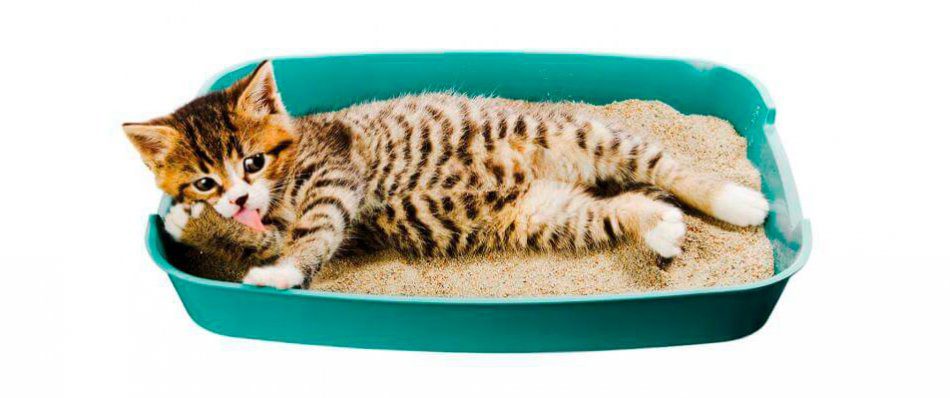
In the photo: a toilet for a cat
Cat toilet maintenance
It is better if the filler layer is from 3 to 5 cm. However, this depends on the type of tray, the filler and the cat. If you have one cat, the tray can be cleaned once a day. If there are several animals, then you will have to clean and three times a day if necessary. Just changing the filler is not enough. Once every few days, the tray is completely emptied and washed with a pet-safe antibacterial agent. Once a month, you can do a general cleaning using diluted chlorine bleach. However, be careful: chlorine fumes are poisonous when inhaled or in contact with the paws. After washing, the tray is thoroughly dried, and only then the filler is poured. . But you can let the cat into the room only after the floor is dry.



